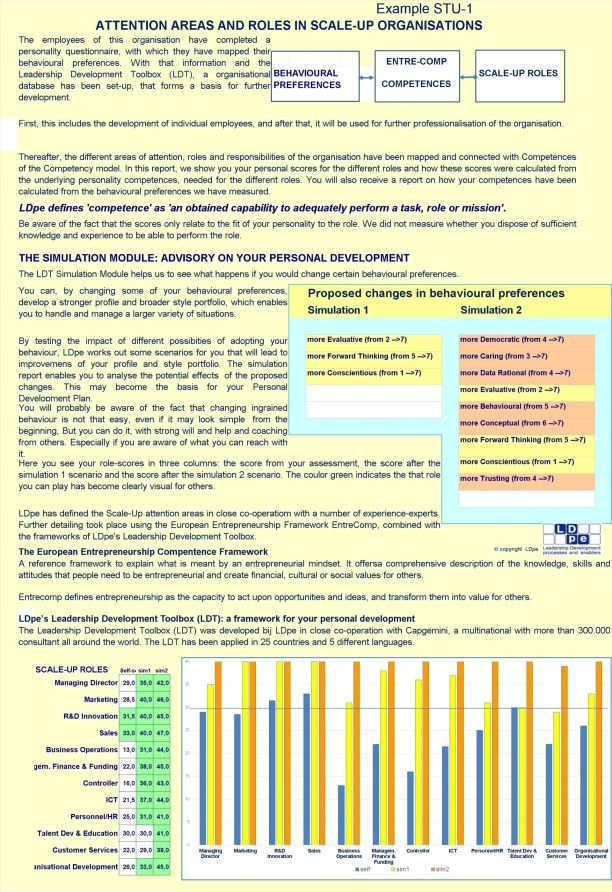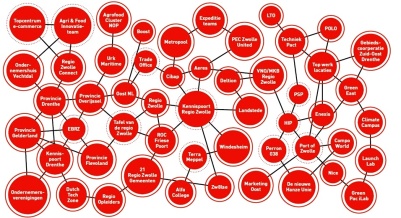ATTENTION AREAS AND ROLES
IN SCALE-UP ORGANISATIONS
IN SCALE-UP ORGANISATIONS
In the image to the right, you see the 'ecosystem' of innovation supporting organisations in a Dutch region.
Supporting startups is, as in many countries and regions, prime priority.
What is missing in the picture is the (future) entrepreneur him/herself.
And, in particular, the problems these entrepreneurs struggle with, whenever they have to scale-up their organisation. The moment when 'the caterpillar must become a butterfly'.
This transition, from startup to scale-up, really has a difficulty level of a metamorphosis, a substantial morphological transformation between two phases of an organisms' lifecycle, a transfiguration, a change in form, structure, character, appearance and circumstances.
And just this is where it goes wrong, and just there support is lacking.
Many of the innovation processes get lost! There are many causes, for example:
- the entrepreneurs (members of the team) do not grow with their mission, they fail to grow up and become the inspiring leaders, necessary for bringing the enterprise to life;
- The 'team' lacks knowledge and experience for setting up a functioning organisation;
- They do not sense that the situation has changed: instead of propagating an interesting idea, they need to take up the fight for a place in the chain against the parties that already are settled there; there is the need of another storytelling...
For the sake of testing the developed software, we created a database consisting of the profiles of 50 English career-consultants (real profiles, but anonymised).
In the first overview, here below, we sketch the attention areas and roles that need to be assessed in the upcoming organisation, the percentage of the 50 profiles really fit-for-role. And how the participants will be able to grow with their individual Quick-Wins scenario.
In the second report, we concentrate on one of the candidates, which roles this person is fit for today, and how the person may grow with the individual simulation scenarios.







